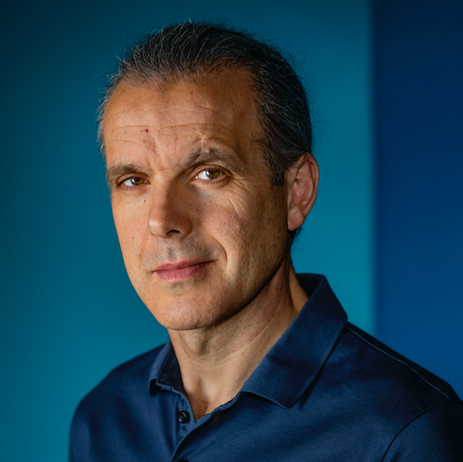
Photo: Rebecca Hale, National Geographic
Dr. Sala leads the Society’s efforts to save the last wild places on the planet for future generations to enjoy.
ODP: You have said that it is now more important than ever for people to live in balance with nature. Why?
ES: The loss of ecosystems that we have seen in certain regions is happening now at a global scale. Our planet is rapidly becoming much less wild, and we are totally out of balance with nature. Unless we get that balance back, we are jeopardizing the future of our civilization. Today, 96% of the mammals on the planet are human and domesticated animals, only 4% are wild such as elephants, tigers and panda bears. In the ocean, 90% of the large fish have been extracted by fishing in the last century alone. And yet, only 7% of the ocean has been designated or proposed as protected and only 2% of the ocean is fully protected from fishing and other extraction. On the land, only 15 percent is protected in parks or nature reserves.
ODP: Can you give us an example of how this imbalance is hurting us?
ES: The Amazon is one of the richest and most productive ecosystems on the planet but it is experiencing destruction at the fastest rate ever – we lose 2 football fields of Amazon forest a minute. Scientists believe that if we continue at this rate and cut down more than 20% of the current forests, the Amazon of today will turn into a savannah, and that will have the impact of reducing rainfall both in the Amazon and also in other parts of the planet.
ODP: Why is getting the balance right so important, particularly for our economy?
ES: There is a clear moral argument against this kind of devastation. But forget that for a minute – the ecosystems and the species that live in them are our life support system. They produce the oxygen we breathe, they pollinate our crops, they filter the clean water that we drink, they protect us from devastating floods. Without intact wild places, we will not be able to achieve the Paris Climate agreement goals – our forests, wetlands, and grasslands and ocean habitats absorb half of the excess carbon dioxide we expel into the atmosphere every year. And yet we are systematically destroying these ecosystems. We are draining our natural capital too fast – economists estimate that our overuse of natural resources globally is costing us an estimated $6 trillion dollars a year.
ODP: What should we do? How much of the planet do we need to protect to get the balance back?
ES: The good news is that protecting ecosystems can provide us much more value than destroying them. I know because I have seen it. In 1999 a small place in Mexico called Cabo Pulmo was an underwater desert with no fish. The fishermen were so distraught that they created a no-take marine reserve. Ten years later it was teaming with life. And the fishermen have better fishing and tourism businesses than ever before. In the U.S. every dollar invested in our national parks creates $10 dollars in revenue to the local economies. The problem is that we do not have enough protected areas. The bottom line is that if we want to avoid the extinction of 1 million species, prevent the collapse of our global life support systems, and keep the temperature rise under 2 degrees Celsius, we need to use 50% of the planet more sustainably and we need to protect as wild the other 50%.
ODP: What areas are making progress? Who is leading?
ES: Protection generates more value over the long run than destruction. Just look at New York City. They decided to spend $2 billion dollars to protect the Catskill Mountains north of the city instead of spending $10 billion on a wastewater treatment plant to provide clean water for the city. That investment in protecting water resources at their source means high-quality water in New York City for generations to come. Next year, China is hosting a historic conference on biodiversity – that is the place and the time where the world can come together to decide to protect 30% of the planet – land and sea – by 2030 as a milestone. Everybody can help – businesses and individuals too. We can rise to the occasion.
Thanks so much, Enric. We will continue to bring our readers stories about the importance of conserving 30% of the planet by 2030 for the benefit of biodiversity.
July 18, 2019 » extinction, National Geographic Society, National Parks, parks, protected areas, UN Convention on Biodiversity, wild


